2017 World Press Photo Contest winners
An Assassination in Turkey. © Burhan Ozbilici, The Associated Press. World Press Photo of the Year
The 60th World Press Photo award has been won by a Turkish photographer for an image of the direct aftermath of the assassination of the country’s Russian ambassador. Burhan Ozbilici, who works for Associated Press in Istanbul, beat 5,034 other photographers from 125 countries to the top prize in one of the world’s most prestigious professional photography contests.
Ozbilici’s image was taken during the opening of a photography exhibition in Ankara at which the Russian ambassador Andrey Karlov was making a speech. Ozbilici wasn’t scheduled to cover the event but dropped in on his way home from work. During the presentation an off-duty Turkish policeman pulled out a gun and shot Karlov nine times, shouting that it was revenge for Russia’s part in the conflict in Syria. Immediately after the killing the gunman, Mevlüt Mert Alt?nta? told the gallery visitors to get out, which Ozbilici took to signify that Alt?nta? wasn’t going to harm anyone else. He is quoted as saying that he ‘remembered’ his ‘professional duty’ and decided to try to photograph the situation.
Ozbilici’s image also won the competition’s Spot News Stories category, but the chair of Judges, former Magnum President Stuart Franklin, wrote in the British newspaper The Guardian that he was ‘strongly opposed to it becoming photo of the year’. He went on to say ‘Unlike the assassination of Archduke Ferdinand in Sarajevo in 1914, the crime had limited political consequences. Placing the photograph on this high pedestal is an invitation to those contemplating such staged spectaculars: it reaffirms the compact between martyrdom and publicity…. Photography is capable of real service to humanity, promoting empathy and initiating change. This image achieves neither…’
The contest attracted 80,408 images across its eight categories, and in total there were 45 winners. Ozbilici’s winning image will net him €10,000 and a ‘selection’ of Canon camera equipment. The winning images will be displayed in a traveling exhibition that will open in Amsterdam on 14th April and which will go on to visit 99 other cities during the year. A book will also be available. For more information visit the World Press Photo website.
Press release
World Press Photo announces winners of 2017 contests
The 2017 World Press Photo Contest
The World Press Photo of the Year honors the photographer whose visual creativity and skills made a picture that captures or represents an event or issue of great journalistic importance in the last year.
Burhan Ozbilici’s picture–which also won first prize in the Spot News Stories category–shows how Mevlüt Mert Alt?nta?, a 22-year-old off-duty police officer, assassinated the Russian ambassador to Turkey, Andrey Karlov, at an art exhibition in Ankara, Turkey, on 19 December 2016. Alt?nta? wounded three other people before being killed by officers in a shootout. Ozbilici is a staff photographer for The Associated Press, based in Istanbul.
Mary F. Calvert, member of the jury, spoke about the winning photograph:
‘It was a very very difficult decision, but in the end we felt that the picture of the Year was an explosive image that really spoke to the hatred of our times. Every time it came on the screen you almost had to move back because it’s such an explosive image and we really felt that it epitomizes the definition of what the World Press Photo of the Year is and means.”
Jury member João Silva added:
“Right now I see the world marching towards the edge of an abyss. This is a man who has clearly reached a breaking point and his statement is to assassinate someone who he really blames, a country that he blames, for what is going on elsewhere in the region. I feel that what is happening in Europe, what is happening in America, what is happening in the Far East, Middle East, Syria, and this image to me talks of it. It is the face of hatred.”
The 2017 Photo Contest in numbers
The 2017 contest drew entries from around the world: 5,034 photographers from 125 countries submitted 80,408 images. The jury gave prizes in eight categories to 45 photographers from 25 countries: Australia, Brazil, Canada, Chile, China, Czech Republic, Finland, France, Germany, Hungary, India, Iran, Italy, Pakistan, Philippines, Romania, Russia, South Africa, Spain, Sweden, Syria, New Zealand, Turkey, UK, and USA.
Discover all of the winners and the awarded photos in an image gallery: http://www.worldpressphoto.org/collection/photo/2017
Jury member Tanya Habjouqa said about this year’s winners:
‘It was a very intense, sometimes brutal, discussion—sometimes even emotional—but I feel proud. I think we were brave in our decision. We were bold. I think the selection is definitely going to push forward a debate and I think it is a debate that is essential to have.”
You can also watch and download exclusive video interviews with the jury members here: https://vimeo.com/album/4395034
2017 Photo Contest jury and procedures
A group of internationally recognized professionals in the fields of photojournalism and documentary photography—chaired by Stuart Franklin—convened in Amsterdam to judge all entries. The jury is independent, and all entries were presented anonymously. A secretary without voting rights safeguards the fairness of the process, which is explained in full here: http://www.worldpressphoto.org/activities/photo-contest/judging
For the full list of jury members and secretaries, please see: https://www.worldpressphoto.org/activities/photo-contest/jury
The World Press Photo Foundation will release a technical report reviewing the contest, including the code of ethics, entry rules, and verification process on Monday, 27 February.
Prizes
The premier award, the World Press Photo of the Year, carries a cash prize of 10,000 euros. In addition, Canon will present the winning photographer with a selection of camera equipment. For more information about Canon, please visit: http://www.canon-europe.com/pro/
Award winners have their travel and lodging paid for by the World Press Photo Foundation to Amsterdam so they can attend the World Press Photo Festival, an event taking place 20-22 April featuring photographer presentations, screenings, and talks. For more information, see festival.worldpressphoto.org. They also receive a diploma and a Golden Eye Award at the Awards Ceremony.
2017 Exhibition
The prize-winning photographs are assembled into an exhibition that travels to 45 countries and is seen by more than 4 million people each year. The winning pictures are also published in the annual yearbook, which is available in multiple languages. The first World Press Photo exhibition opens in De Nieuwe Kerk, Amsterdam, on 14 April 2017. For more information about the exhibition in Amsterdam, please go to: http://www.worldpressphoto.org/exhibitions/2017-exhibition/amsterdam
This year’s exhibition displays will be printed on Canon large-format and Arizona flatbed printers. Please see the Canon website for further information: http://www.canon-europe.com/
The 2017 World Press Photo Digital Storytelling Contest
The Digital Storytelling Contest (previously known as the Multimedia Contest) rewards those producing the best forms of visual journalism enabled by digital technologies and the spread of the Internet. The contest is open to digital storytellers, visual journalists and producers, with submissions that include the work of a professional visual journalist.
Katerina Cizek, Chair of the Immersive Storytelling category said:
‘This year, the entries in the Immersive Digital Storytelling Category were very strong, diverse and ambitious. The projects also ranged widely in scale and scope. Because of this, the jury deliberated on how to weigh and balance the diverse qualities of the projects, and agreed on the criteria of: excellence in visual storytelling, importance and originality of reporting, innovation in immersivity and depth of social relevance. We ultimately agreed upon three winners, who each excel in their own ways, exemplifying distinct developments in our emerging field.”
DJ Clark, Chair of the Short Form category added:
‘This is a rapidly evolving media format in its early stages. We need people to push the boundaries and experiment. It won’t always work, but when it does it stands out.”
See a gallery of all the winners: http://www.worldpressphoto.org/collection/mm/2017
The 2017 Digital Storytelling Contest in numbers
This year 282 productions were submitted to the contest: 135 Short Form, 54 Long Form, 62 Immersive Storytelling and 31 Innovative Storytelling.
Prizes
Winners in each category are invited to the World Press Photo Festival in Amsterdam. A representative from each of the winning productions will have their travel and lodging paid for by the World Press Photo Foundation. The winners in each category will receive a diploma and a Golden Eye Award, presented during the annual Awards Ceremony. The prize-winning projects are assembled into an exhibition that travels to select locations. In 2016, the exhibition locations included China, Denmark, Germany, Italy, the Netherlands, Spain, and UAE.
2017 World Press Photo Contest winners
Taking A Stand In Baton Rouge. © Jonathan Bachman, Thomson Reuters. Contemporary Issues – First Prize, Singles
Lone activist Ieshia Evans stands her ground while offering her hands for arrest as she is charged by riot police during a protest against police brutality outside the Baton Rouge Police Department in Louisiana, USA, on 9 July 2016. Evans, a 28-year-old Pennsylvania nurse and mother of one, traveled to Baton Rouge to protest against the shooting of Alton Sterling. Sterling was a 37-year-old black man and father of five, who was shot at close range by two white police officers. The shooting, captured on a multitude of cell phone videos, aggravated the unrest coursing through the United States in previous years over the use of excessive force by police, particularly against black men.
2017 World Press Photo Contest winners
Migrant Crossing. © Vadim Ghirda, The Associated Press. Contemporary Issues – Second Prize, Singles
A woman is supported by two men while crossing a river, as refugees attempt to reach Macedonia on a route that would bypass the border fence, on 14 March 2016. Hundreds of refugees walked out of an overcrowded camp on the Greek-Macedonian border on this day, shortly after the closure of Macedonia’s borders, determined to head north despite the dangers of the crossing.
2017 World Press Photo Contest winners
The Libyan Migrant Trap. © Daniel Etter. Contemporary Issues – Third Prize, Singles
Two Nigerian refugees cry and embrace in a detention center for refugees in Surman, Libya, on 17 August 2016. The detention center houses hundreds of women escaping precarious conditions. Many claim they are regularly beaten or sexually assaulted, and receive insufficient amounts of food and water at the center. Most of these women were attempting to reach Europe by being smuggled across the Mediterranean in boats setting sail from neighboring Sabratah.
2017 World Press Photo Contest winners
Standing Rock. © Amber Bracken. Contemporary Issues – First Prize, Stories
Riot police clear marchers from a secondary road outside a Dakota Access Pipeline (DAPL) worker camp using rubber bullets, pepper spray, tasers and arrests. In other incidents they’ve employed militarized vehicles, water canons, tear gas and have been accused of using percussion grenades.
Story: For nearly 10 months, members of the Standing Rock Sioux tribe and their allies camped out in opposition to the Dakota Access Pipeline crossing their territory and threatening their water supply. The estimated $ 3.78 billion project, backed by Energy Transfer Partners, is nearly complete, covering almost 1,172 miles. In military vehicles and body armor, police used tear gas, pepper spray, rubber bullets, and water cannons against the protesters, and have been accused of inhumane treatment of arrestees.
2017 World Press Photo Contest winners
Standing Rock. © Amber Bracken. Contemporary Issues – First Prize, Stories
Jesse Jaso, 12, enters the Unity Teepee, at the Sacred Stone Camp. The teepee is signed by camp supporters from all over North America and around the world. Oceti Sakowin, or the Seven Council Fires, is the true name of the great Sioux nation and refers to the coming together of the different factions of the tribe. Oglala, Cheyenne, Ut, Cree, Hopi and non-indigenous all are among the 200+ tribes represented in the camps and on the front lines. The last time there was a similar gathering was before the Battle of the Little Bighorn, 1876.
2017 World Press Photo Contest winners
Victims Of The Zika Virus. © Lalo de Almeida, for Folha de São Paulo. Contemporary Issues – Second Prize, Stories
Marcela (2) observes her sisters in her mother’s lap at the family’s home in the rural area of Areia. Twin sisters Heloisa (left) and Heloá (right) were born seven months prior with microcephaly caused by the Zika virus.
Story: In September 2015, babies in Brazil began to be born with microcephaly and other malformations, and in April 2016 the link between the Zika virus and these malformations was confirmed. Northeastern Brazil, where most of the Zika cases of microcephaly were reported, is one of the poorest regions in the country, and lacks an adequate health system. Many children with microcephaly often live hundreds of kilometers away from the nearest health center and spend hours traveling in order to receive medical and physical therapy. Most come from poor households and receive little governmental support.
2017 World Press Photo Contest winners
Victims Of The Zika Virus. © Lalo de Almeida, for Folha de São Paulo. Contemporary Issues – Second Prize, Stories
Heloá, seven months old, takes a bottle of milk on her grandmother’s lap at the family’s home in Areia. She and her sister Heloísa were born with microcephaly caused by the Zika virus.
2017 World Press Photo Contest winners
Copacabana Palace. © Peter Bauza. Contemporary Issues – Third Prize, Stories
A pastor, who also lives in the occupied buildings, explains all the construction problems. A couple of weeks ago, the hall floors from a building crashed down at night. Fortunately everybody was sleeping and nothing serious happened. Most of the buildings are exposed to corrosion.
Story: “Copacabana Palace”, an ironically named series of condominiums in Brazil, houses more than 300 homeless families. Built more than 30 years ago, construction on this complex was never finished and has since become squatted. A lack of fresh water, electricity, or a working sewage system means residents here often face serious health problems. Most of the people here come from favela communities, some of whom may have been offered social housing as part of governmental rehousing schemes that they don’t feel safe enough to occupy due to the presence of drug-gang families. According to official statistics from the Brazilian Institute of Geography and Statistics, it is estimated that there are 1.8 million homeless people in Brazil.
2017 World Press Photo Contest winners
Copacabana Palace. © Peter Bauza. Contemporary Issues – Third Prize, Stories
Domingo, from Angola, came several years ago to Brazil in search for a better life.
Articles: Digital Photography Review (dpreview.com)
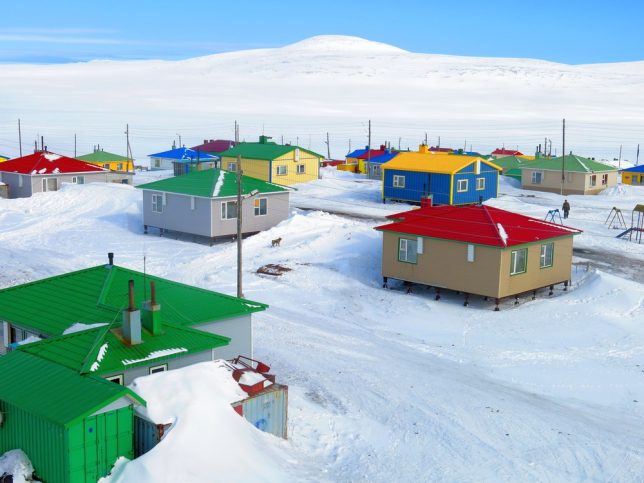
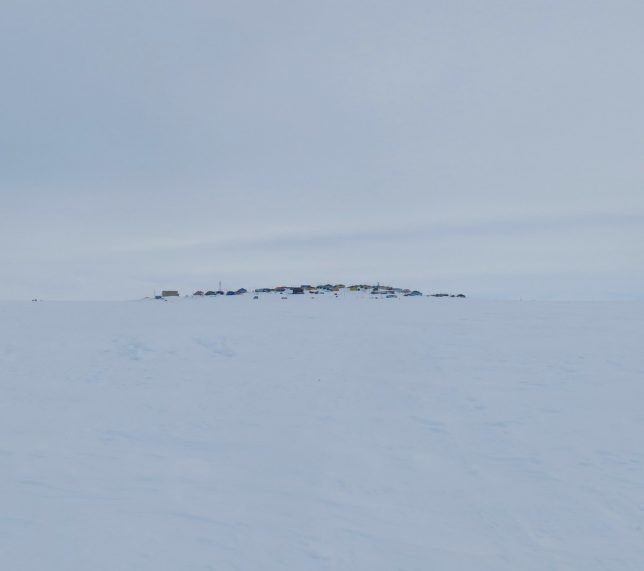
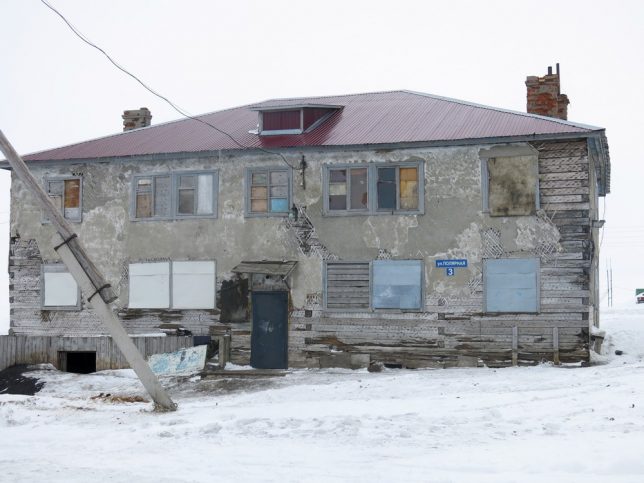

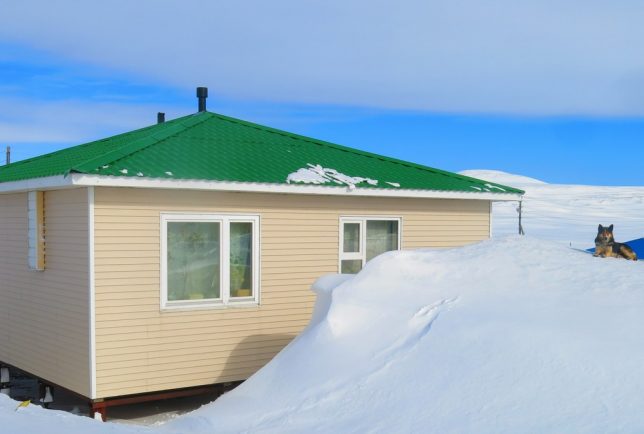
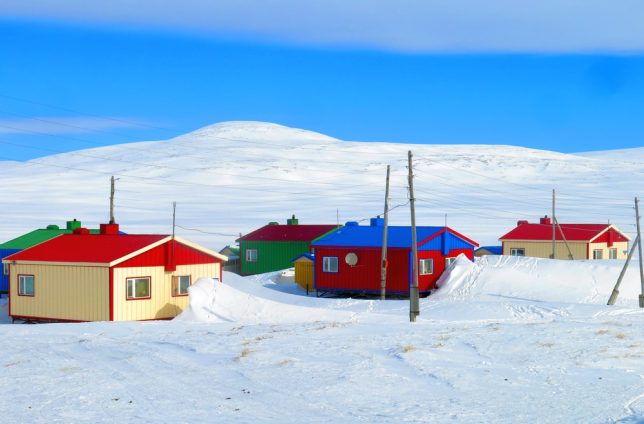
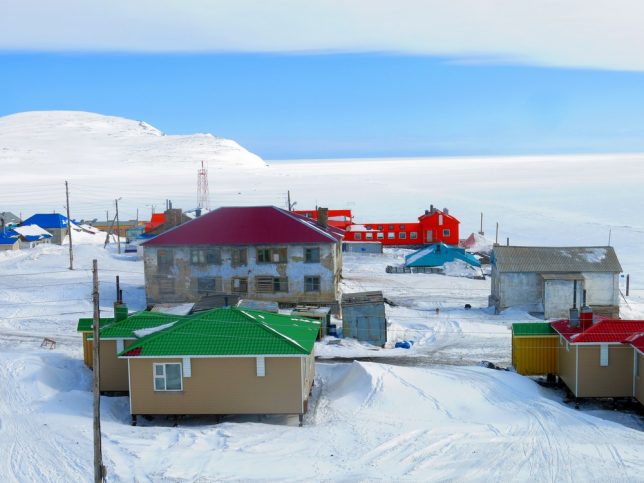
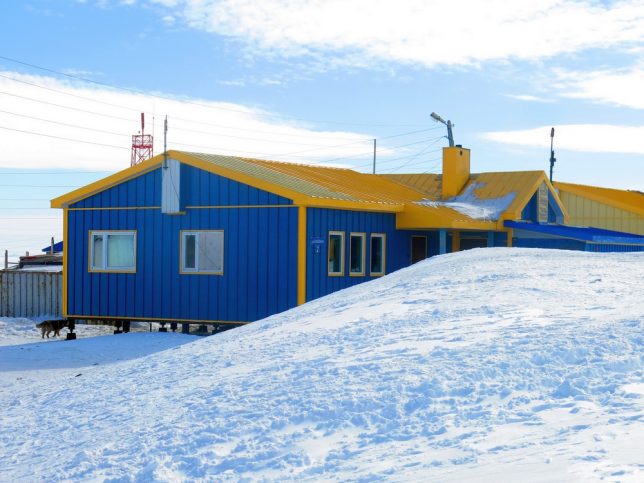






























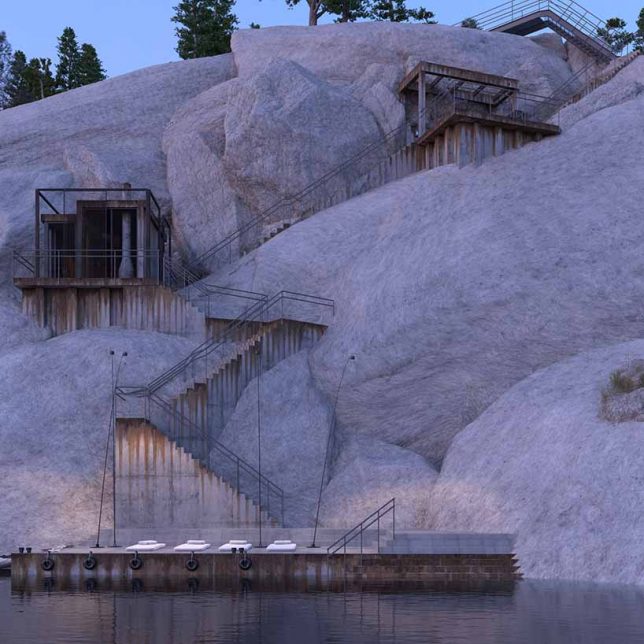
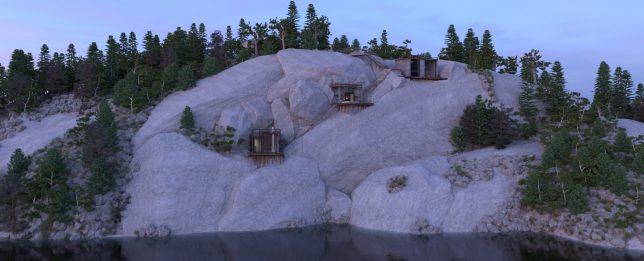
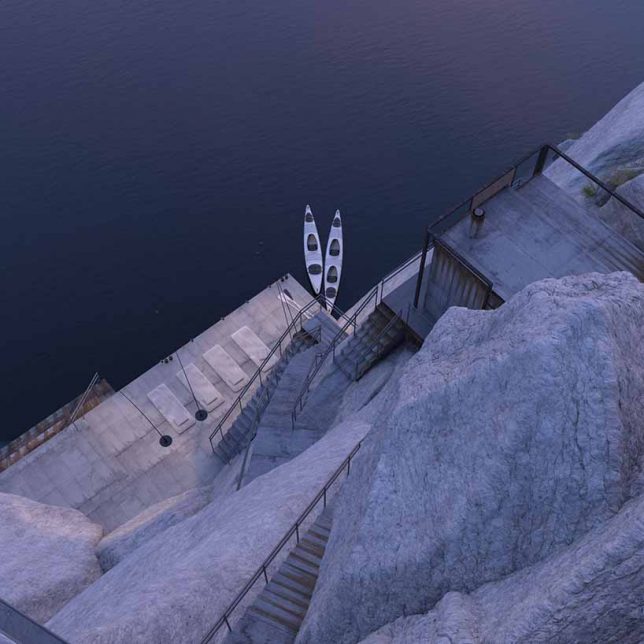
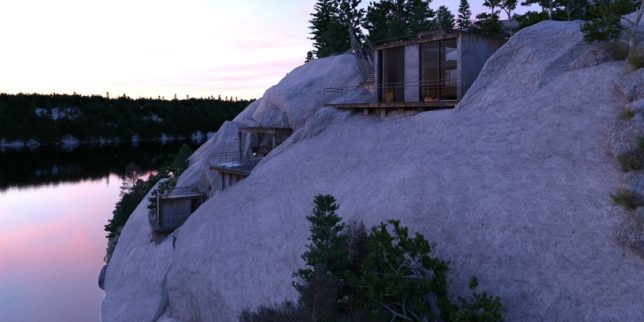
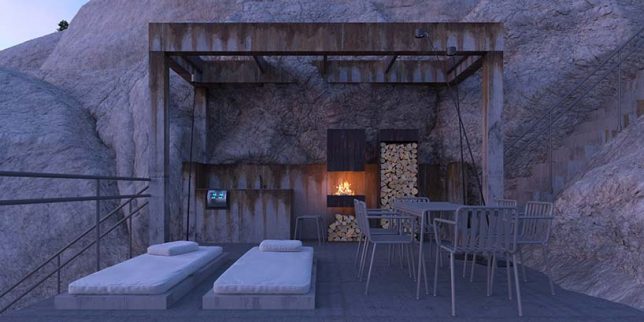

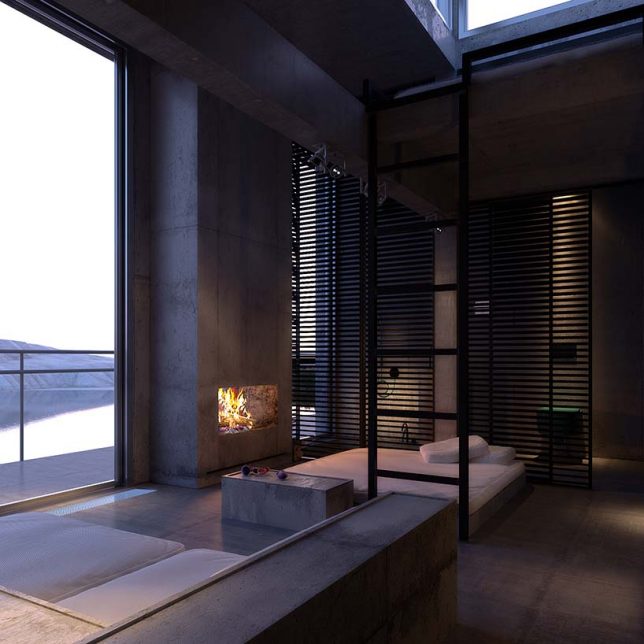
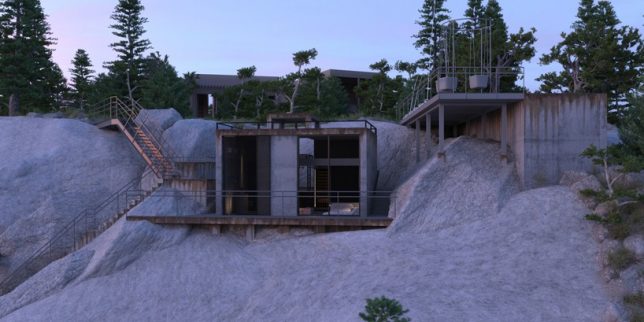
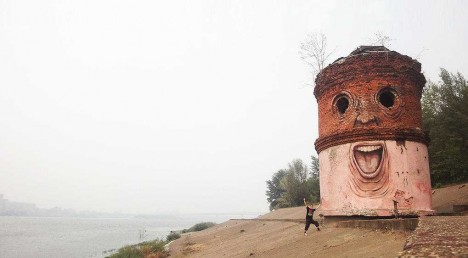
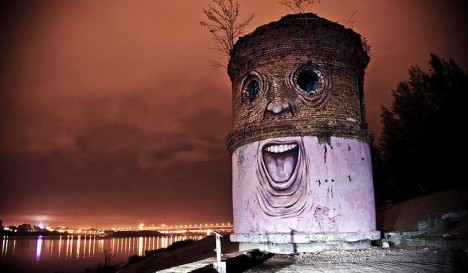
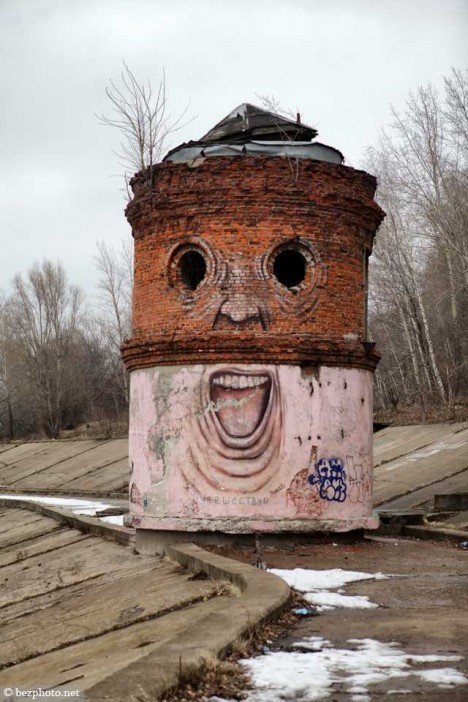
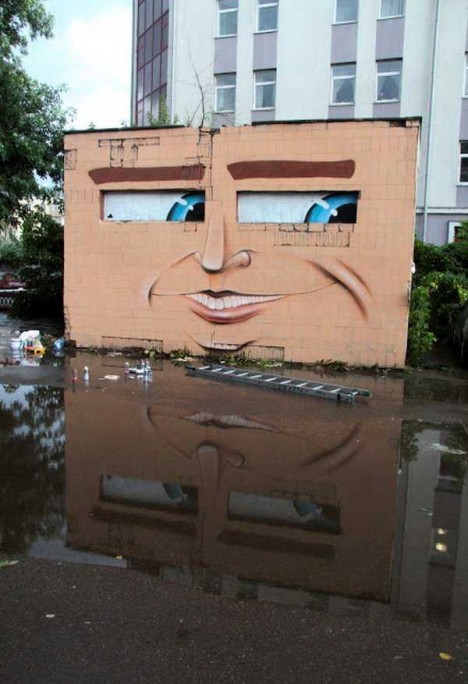
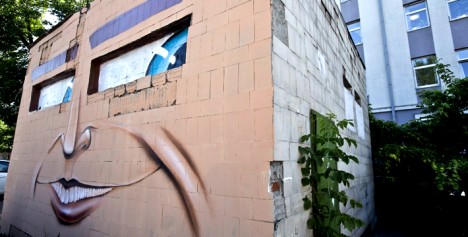
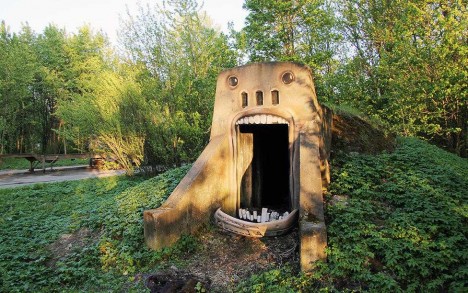
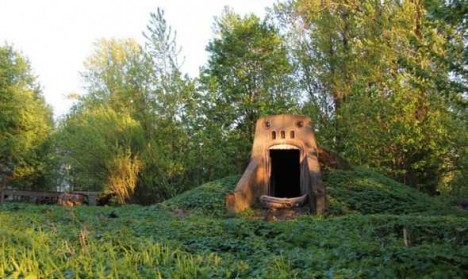
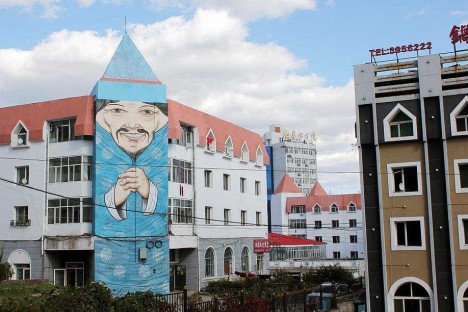

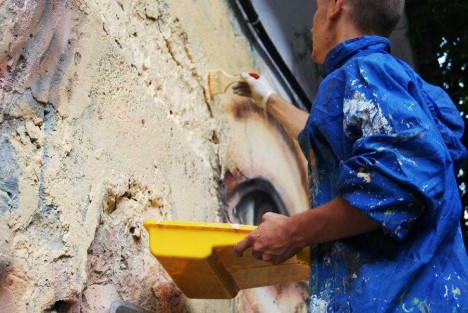
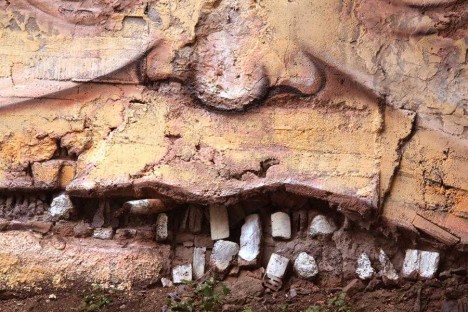
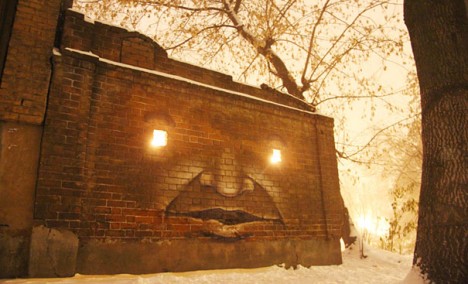
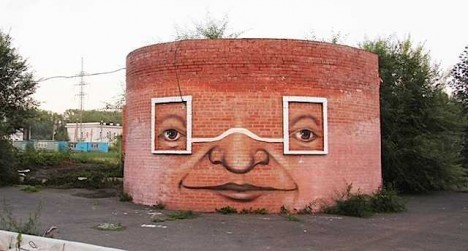
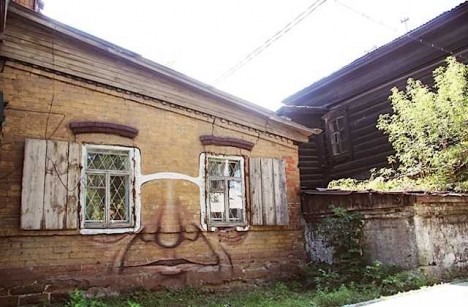
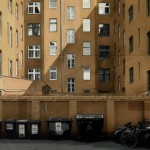

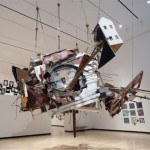




You must be logged in to post a comment.